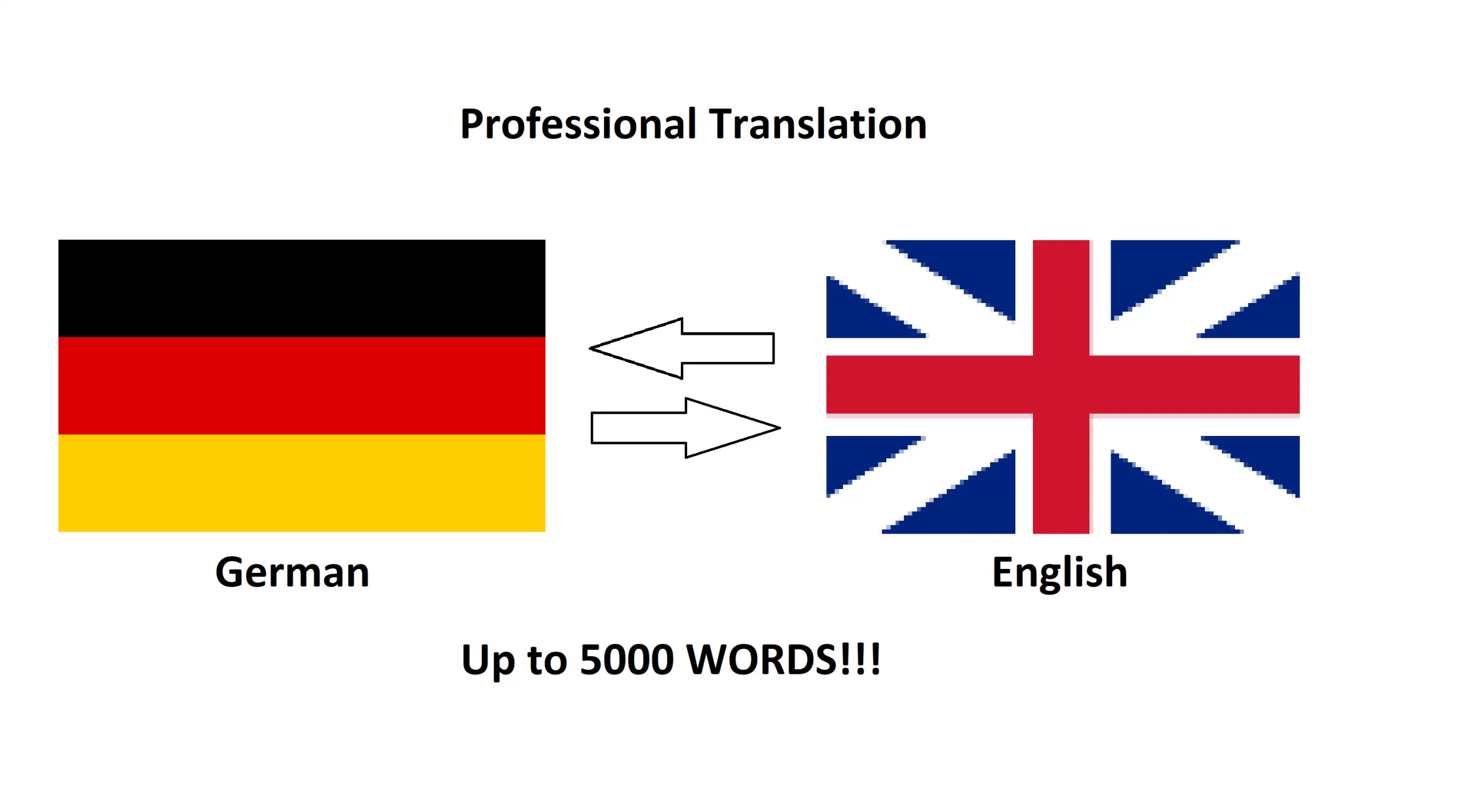


While this may likely be categorized under the many ways that distinct letters are spoken, understanding fricative pronunciation can be challenging. Fricatives are airflow obstructions that are present in some but not all of a language’s sounds.
These include the sounds f, v, sh, and others that are similar in English. R and ch are more fricative in German than they are in English, which makes them more difficult for English speakers learning the language to pronounce.
For instance, the r in “red” is pronounced in English with the tongue tip slightly bent back and at the front of the mouth.
On the other hand, the r in rot (also red) is pronounced in German by raising the body of the tongue toward the uvula and directing the tongue toward the back of the mouth. This results in a harsher r sound that resembles the French r in the word “Paris.”
The r is typically deleted and left to inflection when it appears at the end of German nouns, as in wenige (veh-knee-guh, few) vs. weniger (veh-knee-gah, less)
Similar to how the ch is pronounced differently in German from English.
There are two typical pronunciations of the ch diphthong in both languages, one that is softer and one that is harder, as well as a few rare ones. The soft ch is used more frequently than the hard ch in both languages.


